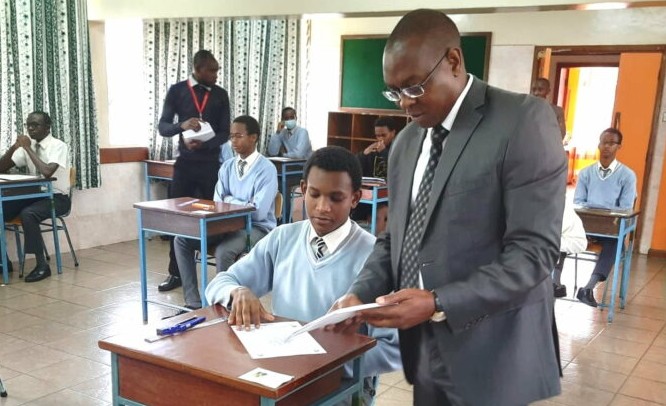
KNEC’s KJSEA Grading System and Senior School Placement, Explained
KNEC has outlined how the Kenya Junior School Education Assessment (KJSEA) will be graded and how its results will inform Senior School placement. Grade 9 learners transition to Grade 10 in January 2026, with placement guided by a composite score drawn from KJSEA, SBA, and KPSEA.
Key Dates
- Rehearsals: 24 October 2025
- KJSEA: 27 October – 3 November 2025
- Placement: December 2025
- Transition to Grade 10: January 2026
KJSEA Grading: 8 Achievement Levels
Each level maps to points that contribute to placement:
- Exceeding Expectations
- EE1 (AL 8): 90–100% = 8 points
- EE2 (AL 7): 75–89% = 7 points
- Meeting Expectations
- ME1 (AL 6): 58–74% = 6 points
- ME2 (AL 5): 41–57% = 5 points
- Approaching Expectations
- AE1 (AL 4): 31–40% = 4 points
- AE2 (AL 3): 21–30% = 3 points
- Below Expectations
- BE1 (AL 2): 11–20% = 2 points
- BE2 (AL 1): 1–10% = 1 point
Final Placement Score (Composite)
The final score is a weighted combination:
- KJSEA (Junior): 60%
- SBA (School-Based Assessment in Grades 7–8): 20%
- KPSEA (Primary): 20%
Final Score = KJSEA 60% + SBA 20% + KPSEA 20%
Implications for Parents, Learners, and Schools
- Parents: Support readiness for KJSEA and pathway choices; note that continuous assessment also counts.
- Learners: Consistent performance across years is rewarded; aim to meet or exceed expectations.
- Schools/Teachers: Keep accurate SBA records and guide learners on pathways, tracks, and subject combinations.
FAQs
Does one test decide placement? No. KJSEA contributes 60% while SBA and KPSEA contribute 40% combined.
Are learners ranked? Placement is based on the composite score and available slots in pathways.
Source: Teachers Arena – Knec releases KJSEA grading system to guide senior school placement


Leave a Comment